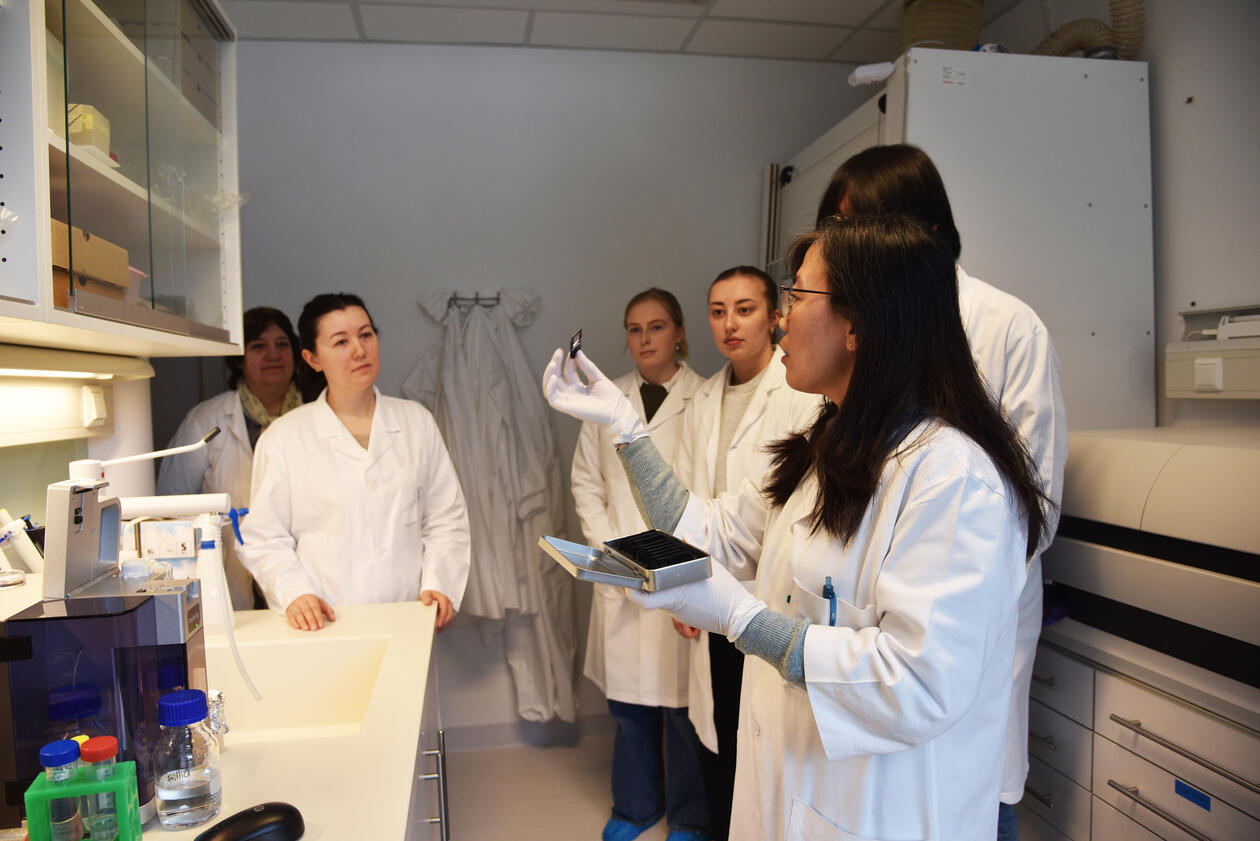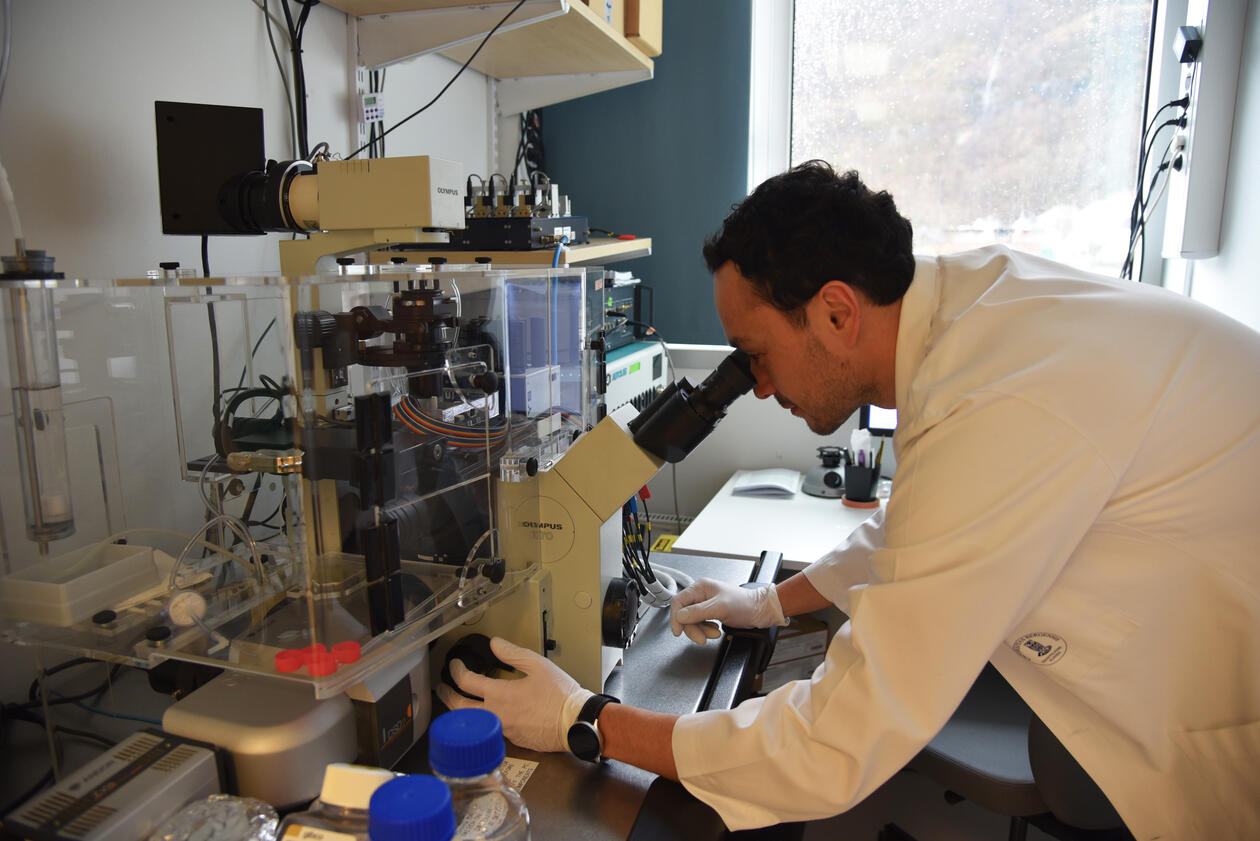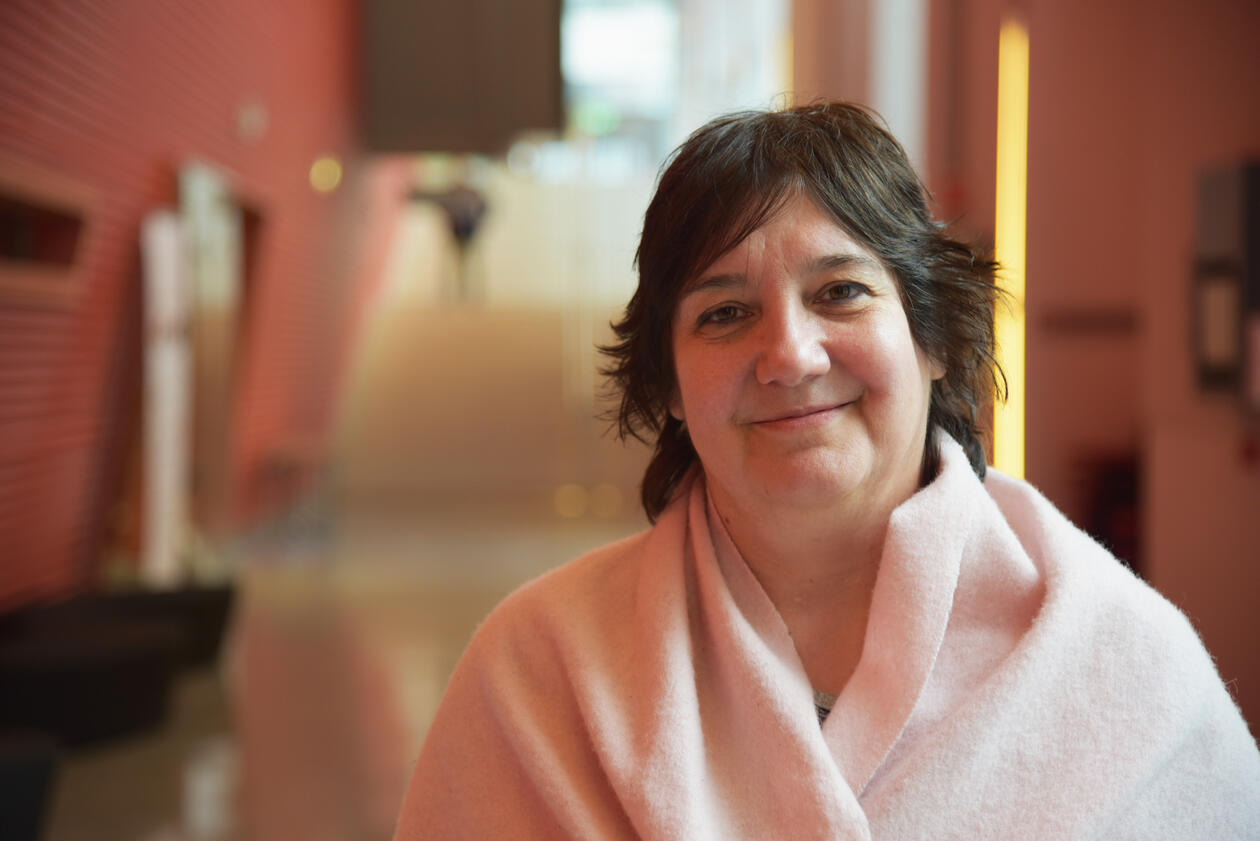UiB-researchers want safer use of nanomaterials
Tiny nanoparticles are found in everything from toothpaste to paint, but how harmful are these particles to humans? On March 30th, UiB is organizing a workshop on nanosafety where this will be put on the agenda.

Main content
Increasing use of nanotechnology has led to various types of nanomaterials becoming very common in Norway and most other countries. The small particles are found in everything from cosmetic products such as toothpaste and shampoo, to electronics, textiles and packaging.
At the same time, the testing that can reveal possible negative health effects has not kept up the same pace. Researchers at the Department of Clinical Dentistry at UiB are trying to do something about this challenge.
On 30 March, a workshop on nanosafety will be organized in Bergen, where the aim is to bring together a wide range of professional environments working on these issues. At the head of the workshop is UiB researcher Mihaela-Roxana Cimpan.
Can penetrate tissues and cells
She says that there is still limited knowledge about the unwanted effects nanoparticles can have on humans.
– The concern is that these particles are so small that they can more easily penetrate our lungs and cells. The particles can be mor chemically reactive than bigger sized-materials, and recent research shows that nanoparticles can potentially cause more damage, says Cimpan.
The damage can affect both people and the environment. The possible unwanted health-effects for humans is particularly linked to frequent exposure to nanoparticles, for example in the workplace.
– Unwanted effects can be allergic reactions, breathing difficulties and cardiovascular problems.
If the nanoparticles remain in the lungs, this can lead to inflammatory reactions. Particles can also pass into the bloodstream and be transported to other organs such as the heart, liver and kidneys. Potentially, the particles can cause cancer or cause damage to DNA (external link to article on Forskning.no in Norwegian).
Brings together the research-communities
The workshop on nanosafety marks the end of a larger research project on nanomaterials and health effects (NanoBioReal). The project is funded by the Research Council of Norway and includes partners from NILU (Norwegian Institute for Air Research), STAMI (State Institute for the Working Environment) and NTNU, ICN2, Applied Nano-Particles, University of Gdansk and NorGenotech.
The conference will be joined by representatives from academia, manufacturers, students and supervisory authorities such as the Norwegian Environment Agency, the Norwegian Food Safety Authority and The Norwegian Institute of Public Health.
– Here we want to convey to a wide audience what has been achieved in the project, and the relevance for all stakeholders both in academia and industry, says Cimpan.
Could replace animal testing
At the Department of Clinical Dentistry, work is being done to develop methods that should be able to produce more precise and realistic research results on effects on nanomaterials. Among other things, they want to reduce the use of animal experiments and replace this with advanced biological laboratory models.
In this way, more knowledge can be gained about the toxicity of nanomaterials and the consequences of exposure to the nanoparticles for humans.
– The ultimate goal in our research is to produce safer and more sustainable nanomaterials that can benefit everyone. We hope to be able to collaborate with the manufacturers, and test step by step while the materials are developed. We do not want the same thing to happen with the nanomaterials as with the plastic, says Cimpan.
She points out that nanomaterials can end up both in the air, in the soil and in water. At the same time, it is important to emphasize that nanomaterials can also help solve several medical problems. Among other things, these are used in certain types of cancer medicine and in the development of new vaccines.
– We should proceed with caution in a way that allows us to benefit from them but at the same time reduce the unwanted effects. We don't want to stop development, but to make it safer, concludes Mihaela-Roxana Cimpan.
Read more about the research on nanosafety and published articles here: https://www.nilu.com/project/648258/


